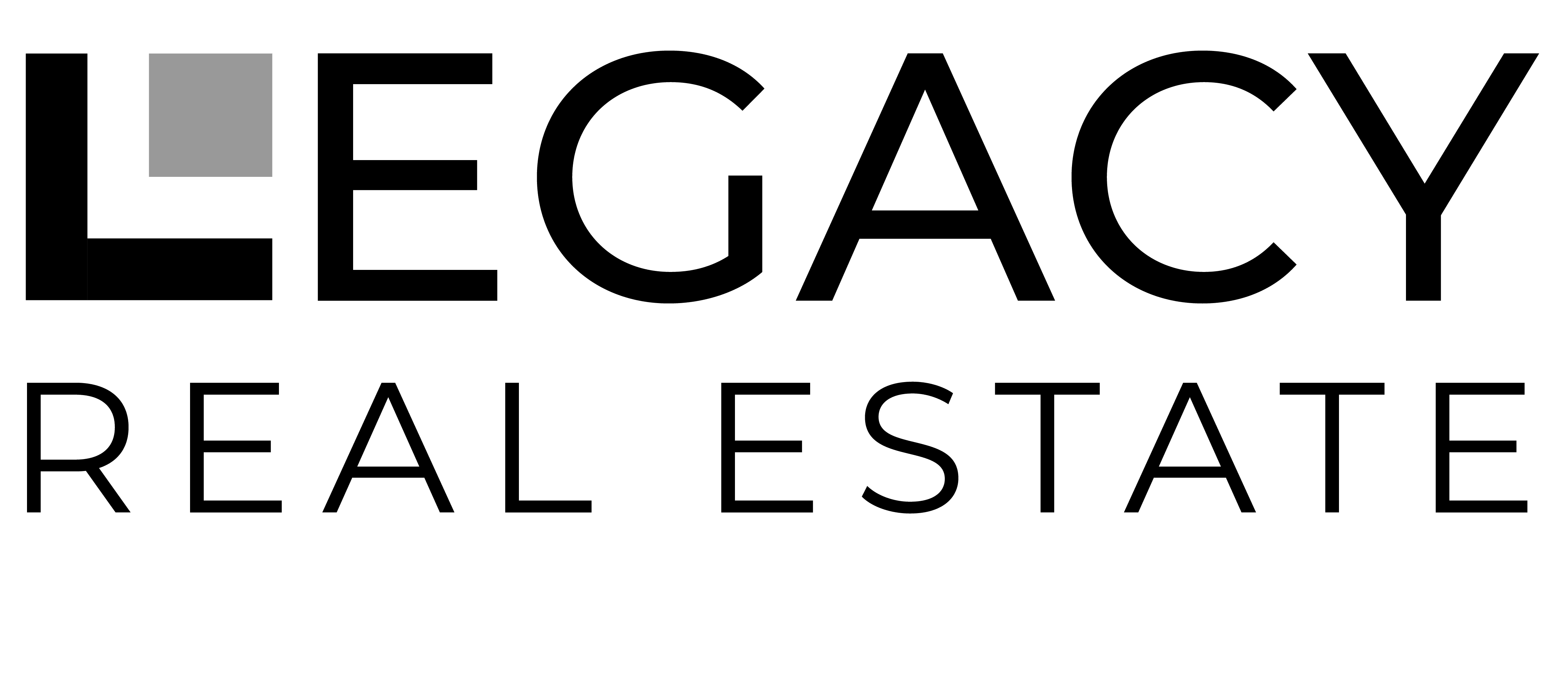There is no question that energy efficiency is one of the most hot-button issues of 2022. This is definitely the case in the real estate industry, with many of the most trendy renovation projects chosen with an eye toward adding “green” features.
While an energy-efficient home can lower the cost of homeownership through lower utility bills, energy efficiency can also make your home more desirable on the resale market. Statistics show that buyers are willing to pay about 2.7% more for homes with high energy efficiency ratings.
With this in mind, the following breakdown looks at 5 of the most energy-efficient remodeling ideas for your home in 2022.
1. Roofing Upgrade
There are numerous ways that a new roof can help improve energy efficiency in your home. From greater insulation to better ability to reflect the sun’s rays, numerous statistics reveal that a roofing upgrade can improve energy efficiency by as much as 30%.
While any type of new roof will benefit your home, there are some products that will perform better than others and provide more long-lasting performance. Some examples include:
- Metal roof - metal roofs are increasingly being utilized in single-family homes due to their premier durability. Their outstanding reflective properties mean that fewer heat waves enter the home, keeping the house cooler during those hot Texas summers
- Slate roof - slate is another highly durable product that will usually last longer than the house itself--up to 100 years. It is a highly insulative material with a high thermal mass that can also be painted to add reflective properties
- Composite roof - there are many innovative composite roofing materials that greatly improve on the benefits of asphalt shingles and wood shakes. These composite products will not break down in the face of extended UV exposure and have industry leading impact ratings, helping keep your home airtight in the most trying of conditions
2. Soffit Replacement
While exploring a roofing upgrade, it will be worth your time to explore a soffit replacement simultaneously.
Soffit is the material used to cover the underside of your roof overhang. Although soffit is not one of the house’s most visible components, its quality is important in establishing the energy efficiency of the home.
Traditional wood soffit is typically poorly ventilated, causing the attics and upper stories of homes to become dank and swelteringly hot in the summer. Therefore, inorganic, ventilated options, such as aluminum or fiber cement soffit, are far better options to keep air circulating and the home at a consistent temperature.
3. Attic Insulation
Having a well-insulated attic can prevent conditioned air from leaving and unwanted outside air from entering the house. As heating and cooling accounts for more than 50% of energy use in an average home, an insulated attic can have a substantial effect on improving a home’s energy efficiency.
Proper attic insulation also has some indirect benefits for improving energy efficiency. It can deter pests and prevent structural damage from moisture, ensuring that the attic remains in good condition for the long haul and absent of any leaks that could lead to unwanted air transfer.
4. Radiant Floor Heating
Winters in Oregon tend to get quite cold with temperatures dropping very low. This can lead to cold pockets in the home that cause the heating system to go into overdrive to eliminate.
Therefore, heated floors are one of the best ways to help ensure a consistent interior temperature at all times of the day. Whereas a traditional boiler heating system may have to be heated to as much as 167 degrees before it is able to heat a room, radiant floor systems only need to get to about 84 degrees to produce the same effect. As a result, radiant floor heating systems can help reduce energy bills by as much as 15%.
5. New Windows
There is no shortage to the energy efficiency benefits of new windows. Some of the most apparent include:
- Better transparency to allow the flow of natural sunlight, reducing the dependence on artificial electric lights
- Elimination of cracks through which unwanted air transfer may occur
- Improved technology that can better absorb and disperse the sun’s heatwaves
If a full-scale window replacement is a bit outside your budget, it can be worthwhile to explore applying sealants to ensure that no leaks exist in the wall to window frame transition. You may also want to consider adding some window trim to create an even tighter building envelope.
Conserve Energy With These 5 Innovative Improvement Projects
An energy-efficient home can help lower your utility bills and improve the value of your home on the resale market. To help in this regard, a roofing upgrade, soffit replacement, attic insulation, radiant floor heating, and new windows are 5 of the most energy-efficient remodeling projects you can get started on today!
Ryan Shure is an editor for the Innovative Building Materials blog and a content writer for the building materials industry. He is focused on helping fellow homeowners, contractors, and architects discover materials and methods of construction that save money, improve energy efficiency, and increase property value.
